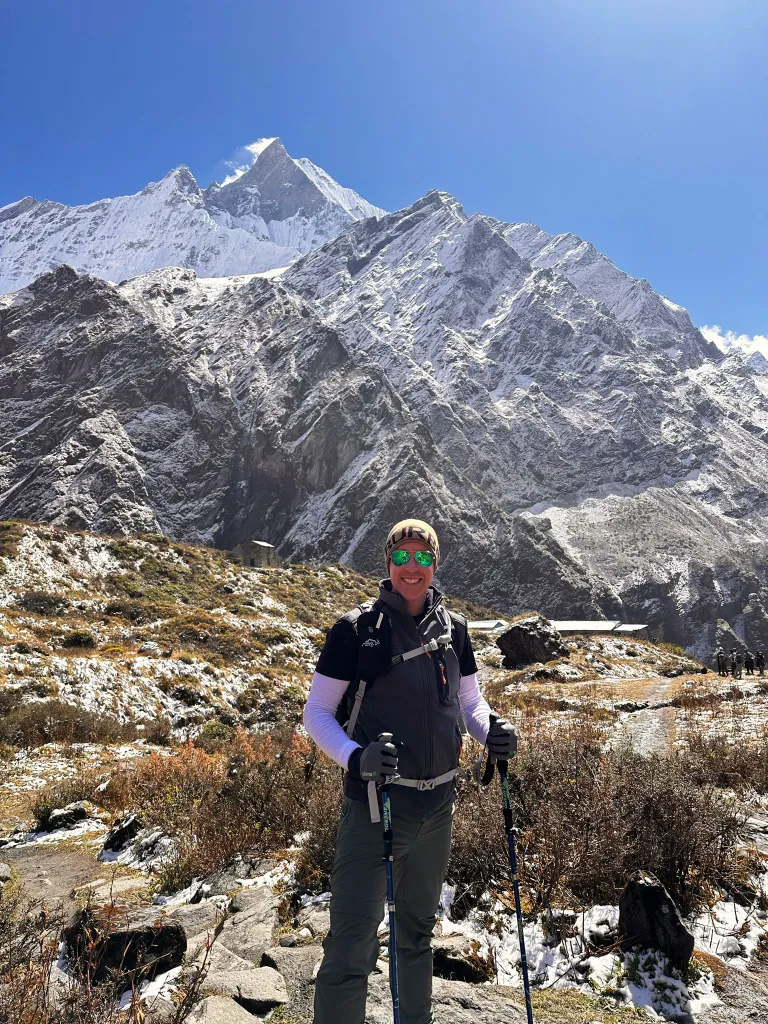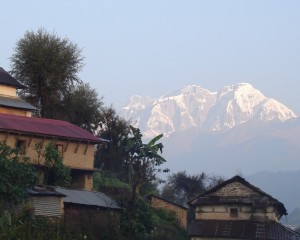Commercial Helicopter Banned in Everest Region
In a landmark decision to preserve wildlife and promote sustainable tourism, the Sagarmatha National Park has announced a complete ban on helicopter sightseeing tours in the Everest region, effective 1 January 2025. This controversial decision is a step forward in protecting the region's natural environment and wildlife.
Let's dive into the details of this decision, its implications for tourism, and what it means for adventurers planning to visit the world's tallest peak.
What's Changing?
The circular issued by the Sagarmatha National Park, home to the iconic Mount Everest, clearly states that helicopter companies can no longer operate sightseeing flights over the park. Helicopters are also prohibited from transporting goods and cargo above Pangboche, located at 3,985 meters above sea level. However, rescue flights remain exempt from this rule, though stricter protocols exist.
Why the Ban on Helicopter Flights?
The decision was not made lightly, and according to Sushma Rana, Senior Conservation Officer at the park, three key reasons were considered:
- Noise Pollution and Its Impact on Wildlife
The noise from helicopters has caused significant behavioral changes in local wildlife. Animals like the Himalayan tahr and Himalayan goral—vital to the region's ecosystem—have been observed to abandon their habitats in distress. Reports even indicate that some animals have jumped off cliffs in panic, leading to a rise in fatalities.
By banning helicopters, the park aims to provide a peaceful environment for wildlife to thrive. - Unregulated Landings and Potential Smuggling
Unchecked helicopter landings have raised suspicions of wildlife contraband smuggling. The lack of control over landing sites has made it difficult for authorities to monitor these activities effectively. - Economic Impact on Locals
Helicopter tours have reduced the demand for local trekking services, affecting the livelihoods of porters, guides, tea houses, and small businesses. What was a 14-day trek to Everest Base Camp has now been replaced by quick helicopter rides, significantly impacting the local economy.
What About Rescue Flights?
Rescue flights for trekkers and climbers in emergencies will still be allowed but under strict conditions:
- Rescue helicopters must be fully equipped and certified.
- A recommendation letter from a local health institution, buffer zone committee, or ward office is required.
- The rescued individual must be treated at the Pasang Lhamu-Nicole Niquille Hospital in Lukla, ensuring transparency and preventing fraudulent rescue claims.
A Blow to Luxury Tourism?
The Everest region has become a hotspot for high-end tourists seeking quick access to its breathtaking views. Helicopter sightseeing tours, particularly the Kathmandu-Lukla-Kala Patthar flight, have been a premium product in Nepal's tourism portfolio. These tours offer visitors stunning views of Mount Everest, followed by a luxurious lunch at the Everest View Hotel in Syangboche before returning to Kathmandu—all within a day.
Critics argue that the ban could significantly impact Nepal’s luxury tourism sector. During peak seasons, 8-10 such flights operate daily, generating substantial regional revenue. Tourists pay approximately NPR 10,000 in various fees, including park conservation, village development, and airport charges, while helicopter companies pay NPR 3,000 per landing.
Tour operator Manandhar said, “The Everest sightseeing tour is Nepal's premium product, which we have not marketed well. This decision will deal a huge blow to high-end tourism.”
Local and Government Reactions
While some view the ban as necessary for conservation, others see it as an overreach.
The Airline Operators’ Association of Nepal, representing helicopter companies, has voiced strong opposition. In a recent statement, the association declared it would not comply with the park's decision, emphasizing that only the Civil Aviation Authority of Nepal has the legal authority to regulate flights.
Locals, however, appear to support the move. Many believe the ban will bring job opportunities back to porters, guides, and lodge owners, who have faced declining incomes due to the rise of helicopter tourism.
Environmental and Cultural Significance of Sagarmatha National Park
Established in 1976, Sagarmatha National Park spans an area of 1,148 square kilometers in the Solukhumbu district. 1979 it was designated a UNESCO World Heritage Site, recognized for its exceptional natural beauty and unique culture.
The park is home to diverse wildlife, including red pandas, snow leopards, and over 118 bird species. However, increased helicopter traffic has threatened this delicate ecosystem, prompting authorities to take action.
How Will This Affect Trekkers?
Trekkers and climbers aiming to reach Everest Base Camp or higher summits must rely on traditional trekking routes or porters for cargo transportation. This shift could extend trip durations and create a more immersive experience for adventurers.
Wealthy tourists accustomed to quick helicopter rides will now need to prepare for a more authentic trekking experience, walking the same trails legendary climbers like Sir Edmund Hillary and Tenzing Norgay once traversed.
What’s Next?
As the implementation date approaches 1 January 2025, how the tourism and aviation industries will adapt to these changes remains to be seen. Will the ban encourage more sustainable tourism practices or deter visitors seeking convenience?
One thing is certain: the Everest region is entering a new era of tourism that prioritizes conservation and local livelihoods over convenience.
Plan Your Everest Adventure Responsibly
At Nepal Vision Treks, we’re dedicated to helping you explore the breathtaking beauty of Nepal in a way that respects nature and the local communities. With the new changes in the Everest region, your journey will take on a more meaningful and immersive experience. Walking the trails, connecting with locals, and witnessing the natural wonders up close will allow you to embrace the spirit of adventure truly.
We’re here to ensure every step of your journey is safe, exciting, and unforgettable. Whether you plan to trek to Everest Base Camp or explore other Himalayan wonders, we’ll guide you with care and expertise. Together, let’s create memories that honor the mountains and the people who call them home






